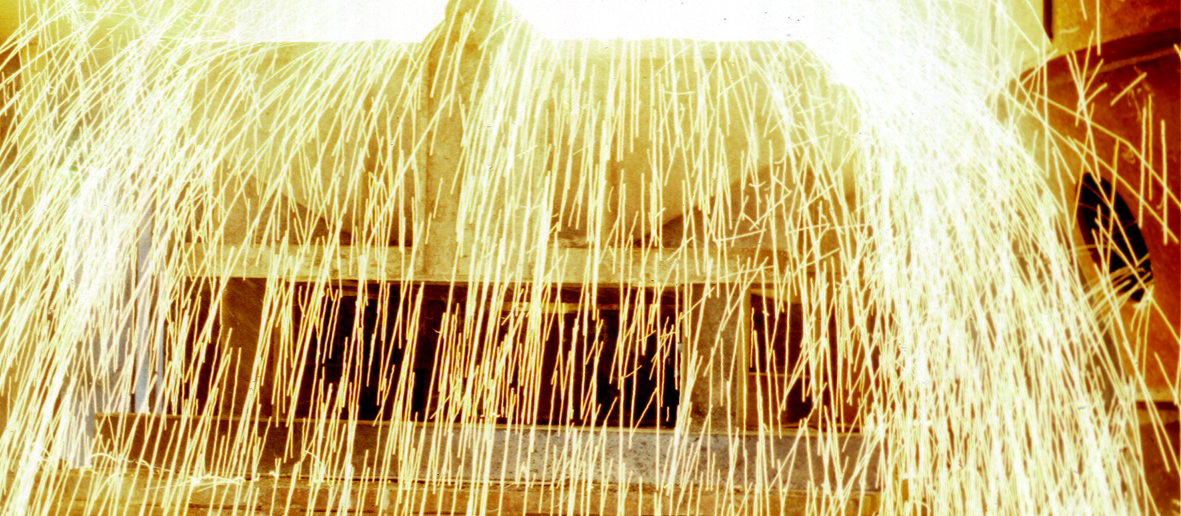Round 6 EDGI Results
Mineral Resources Tasmania has now released to Open File, Final Reports from the last two Round 5 EDGI co-funded drilling projects. Previous Round 5 reports were made Open File in October 2022 and January 2023. Also released is a combined report from two Round 6 projects.
 Chip tray for hole DL520 from the DL130 Deep Leads Rare Earth Element (REE) project, showing clay hosted REE mineralised interval from
Chip tray for hole DL520 from the DL130 Deep Leads Rare Earth Element (REE) project, showing clay hosted REE mineralised interval from The reports now being made Open File cover the following projects:
Data includes Final Reports, all available geological, geochemical, and geophysical data, as well as drill core / cuttings photos. MRT is collecting hyperspectral data from these cores and cuttings, and this data will be made available in future. Drill core is available for viewing, by appointment, at the Mornington Core Library.
The Wart Hill project was designed to test two previously identified potentially mineralised volcanic hosted massive sulphide horizons, well below previous drilling, around 300m down-dip from historic base metal sulphide intersections. MGWH1 intersected the targeted stratigraphy but economic mineralisation was not present with only minor syngenetic and replacement pyrite, galena, and sphalerite. The hole ended in overlying Waterloo Creek Group volcaniclastic sandstone and shales. A downhole EM survey of the hole failed to detect a conductive target.
At Henty North, the results from a three-hole drilling program are presented. The holes were designed to define stratigraphy and test for potential gold mineralisation around the northern extension of the Henty Fault at Henty Mine. The target area was based on a newly proposed, structurally controlled, intrusion related gold model for the Henty deposit. The northern continuation of the Henty Fault has historically not been an intensely explored area, due to lower perceived prospectivity under the historic Henty orebody model. No economically significant mineralisation was intersected but geochemistry, alteration and structural interpretation have been taken to indicate the presence of at least two potential hydrothermal fluid pathways.
Near Deloraine, two Round 6 EDGI drilling projects were undertaken as part of a broader drilling program for Rare Earth Elements (REE). Knowledge from the company’s other bauxite projects in eastern Australia prompted re-assaying of holes originally drilled for bauxite and resulted in discovery of potentially economic clay hosted REE mineralisation at the Deep Leads (DL130) prospect.
Follow up drilling, including the herein reported EDGI holes, has discovered potentially mineable grades and thicknesses of Ionic Adsorption Clay (IAC) REE mineralisation, occurring in clay-filled paleo-channels. Numerous EDGI holes drilled through the full REE mineralisation horizon, which is typically 3m to 10m below surface and 4m to 6m thick. Typical total rare earth oxide (TREO) grades averaged from several hundred up to 4,000ppm.
